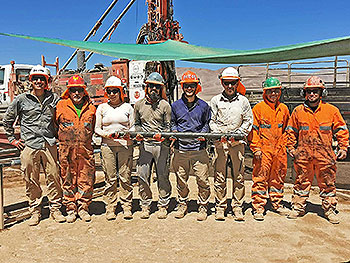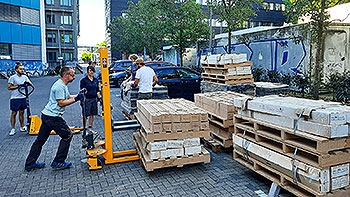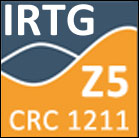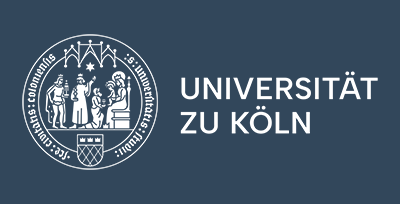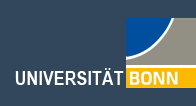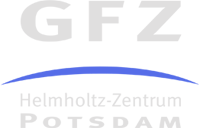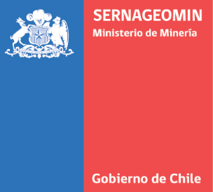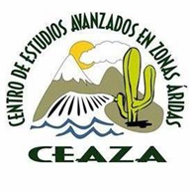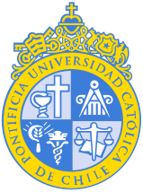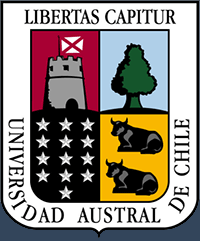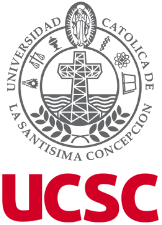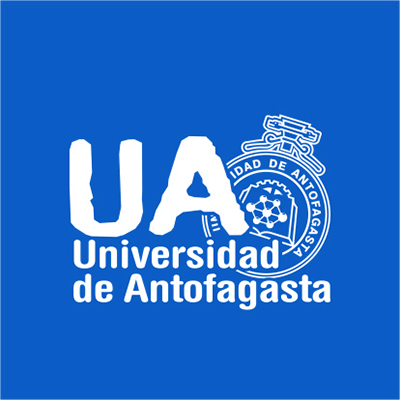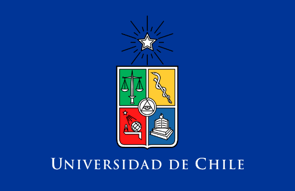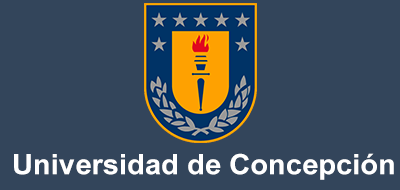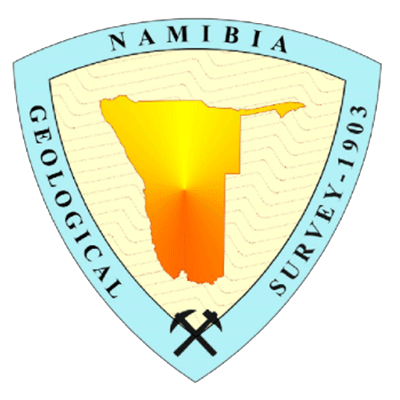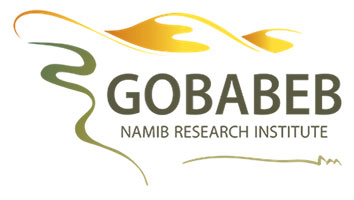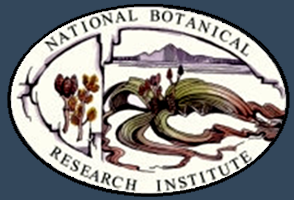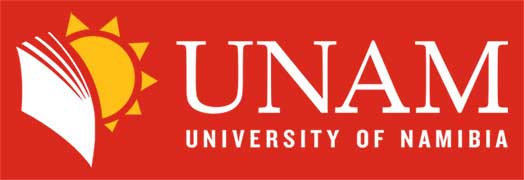After almost five months and almost 17300km of travel, the sediment cores from our second deep drilling operation at the Paranal clay pan finally arrived here in Cologne at the Institute of Geology and Mineralogy. A truck full of sediment cores with a weight of up to 8t was unloaded, inspected and stored in the facilities of the Quaternary working group. The first 50m were directly moved to the laboratory to start some initial scans on the Multi-Sensor Core Logger. Within the next months the cores will be opened, described and will go through some analyses, including paleomagnetics, geochemical and geophysical properties, followed by sub-sampling for more methods, covered within our CRC1211. This sediment archive will give us crucial insights in the paleo-environment and paleo-climate of the southern Atacama Desert (Southern Focus Area of our CRC1211). With the data and information obtained from our first deep drilling operation at the PAG clay pan (Central Focus Area) and short cores from the Huara clay pan (Northern Focus Area), we will be able to trace major climate shifts and conditions during the past, to better understand local and overregional climate patterns and mechanisms, such as ENSO variations and rare but severe precipitation events. With the information obtained from the entirety of paleoclimate archives within our Collaborative Research Centre, we will be able to better understand processes which shape our Earth, especially in arid to hyperarid environments. In cooperation with our biologists, we will be able to unravel how life evolved and adapted to these harsh conditions. Reconstructed past climate episodes and their atmospheric mechanism, can be translated to forecast and model future climate and environmental conditions.
Author: B. Ritter
|
|
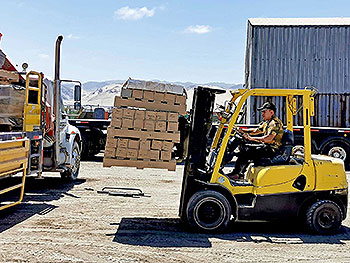 Fig.2: Downloading the samples at the shipping agency in La Portada, Antofagasta. Photo: Damian Lopez |
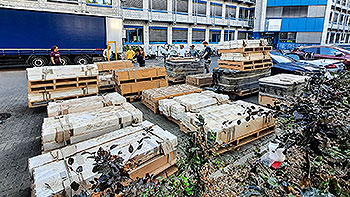 Fig.4: Downloading the samples on the parking at the Institute of Geology. Photo: Benedikt Ritter |



